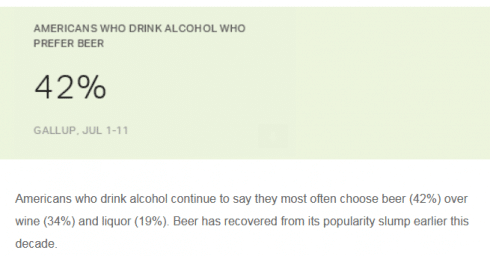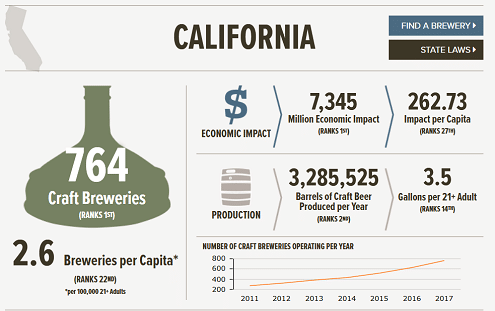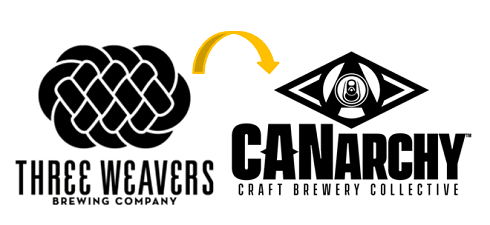Beer is in the California chambers of Sacramento power again. Two different bills are wending their way through the Senate and Assembly.
As the Brewbound website reports….
“Senate Bill 1283 would allow brewpubs with “Type 75” licenses — retail restaurant licenses with brewing privileges (between 100 and 5,000 barrels annually) — to sell their products for off-premise consumption. The bill would also give brewpub operators the chance to donate product to nonprofits, for beer festivals and other community events. The measure would also tighten the requirements for obtaining the license, however.”
Meanwhile, under Assembly Bill 2573, on-premise retailers would be allowed to accept up to 10 cases of free glassware per year from beer manufacturers. The bill caps the amount of glassware a bar or restaurant could accept at five cases per brewery, and prohibits retailers “from conditioning the purchase of a beer manufacturer’s product or products on the giving of retail advertising glassware.””
Thankfully the California Craft Brewers group has been involved to make sure that these bills would close loopholes and not give too much power to one set of constituents.
That first bill is being backed, in part, by the ABC group who would be able to sell their beer to-go. West & 6th beer in crowlers or Bluebird Brasserie Belgian beers in bottles. It also makes the benefit of that license tilt toward actual beer producers as opposed to being a back door to liquor sales. I read the latter bill thinking that someone at SABInBev had tried to sneak through a much higher glassware count and had their hand slapped to a much smaller amount, and that is exactly what happened. They will push wherever they can and hope no one is watching.
Look for these to be voted on sometime this month.





